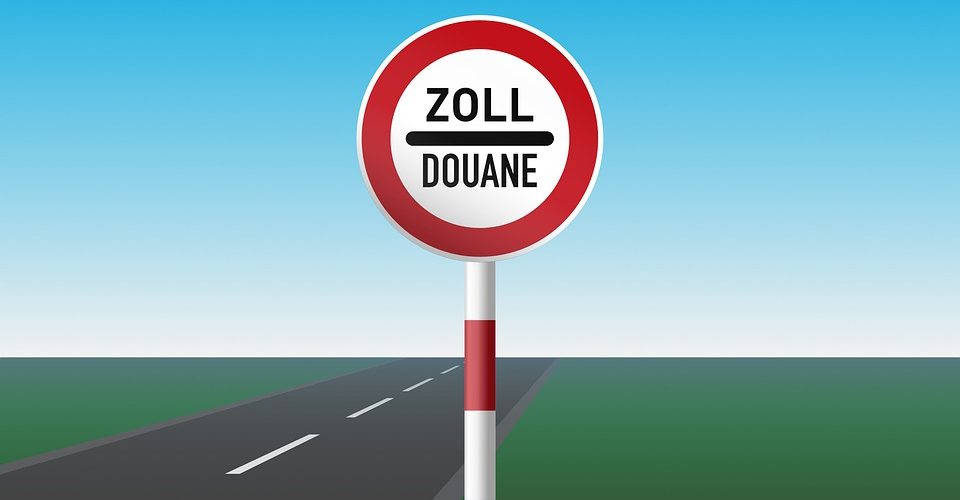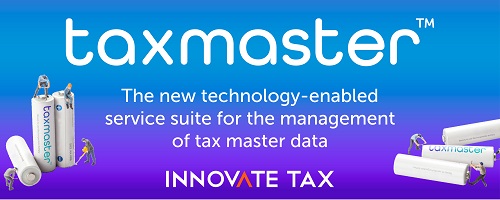- Supreme Court Review: The US Supreme Court will hear arguments on November 5 regarding whether the President’s emergency powers under the International Emergency Economic Powers Act (IEEPA) include the authority to impose tariffs, which, if struck down, could invalidate many of President Trump’s tariffs and provide temporary relief to consumers and businesses.
- Section 232 Tariffs: The current Section 232 tariffs on steel, aluminum, and other goods remain in effect, with potential for expansion, as these tariffs are justified under national security concerns. The process requires a thorough investigation by the Department of Commerce before tariffs can be imposed, emphasizing the need for proof of a national security threat.
- Alternative Tariff Powers: The President retains other tariff powers under the Trade Act of 1974, allowing for the imposition of tariffs to address balance-of-payments deficits or specific trade practices deemed unfair. However, these powers are rarely invoked, and their use can lead to temporary tariffs that must be renewed by Congress.
- Revenue Impact: For fiscal year 2025, tariffs collected have generated approximately $145 billion in revenue, with over half coming from IEEPA tariffs, highlighting the significant financial impact of these measures on the US economy.
- Call for Congressional Oversight: The article argues that Congress should reclaim its authority over tariff imposition to prevent unilateral actions by the President and establish clearer definitions of what constitutes a national security threat or serious industry injury, reinforcing the constitutional role of Congress in tax matters.
Source Tax Foundation
Latest Posts in "United States"
- Which Grocery Items Are Taxed? Understanding U.S. Food Sales Tax by State (2025 Update)
- U.S. Government Reaches Agreement in Principle with the U.K. on Pharmaceutical Pricing
- Understanding Sales Tax Rules for Cyber Monday Discounts: Guidance from California Tax Department
- 2026 Local Sales Tax Rate Changes: What U.S. Businesses Need to Know and How to Prepare
- How to Register for a Puerto Rico Sales Tax Permit: Step-by-Step Guide














